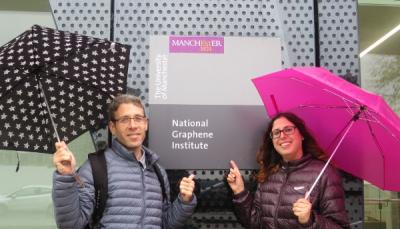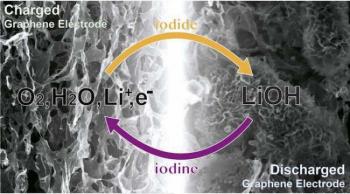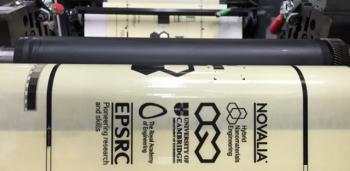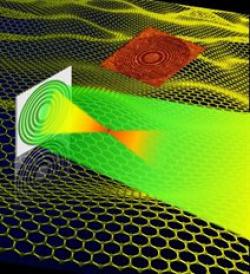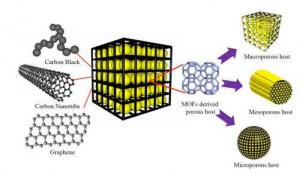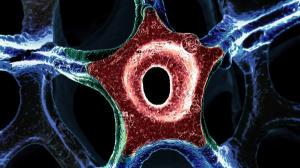Electricity can flow through graphene at high frequencies without energy loss
Researchers at Plymouth University, Cambridge and Tohoku (Japan) Universities and Nokia Technologies have found that electrical signals transmitted at high frequencies through graphene do not lose energy. In fact, the study showed that graphene out-performs any other known material, including superconductors, when carrying high-frequency electrical signals compared to direct current.
This finding may result in wide-ranging technology developments like next generation high-speed transistors, amplifiers, mobile phones, satellite communications and ultra-sensitive biological sensors.
